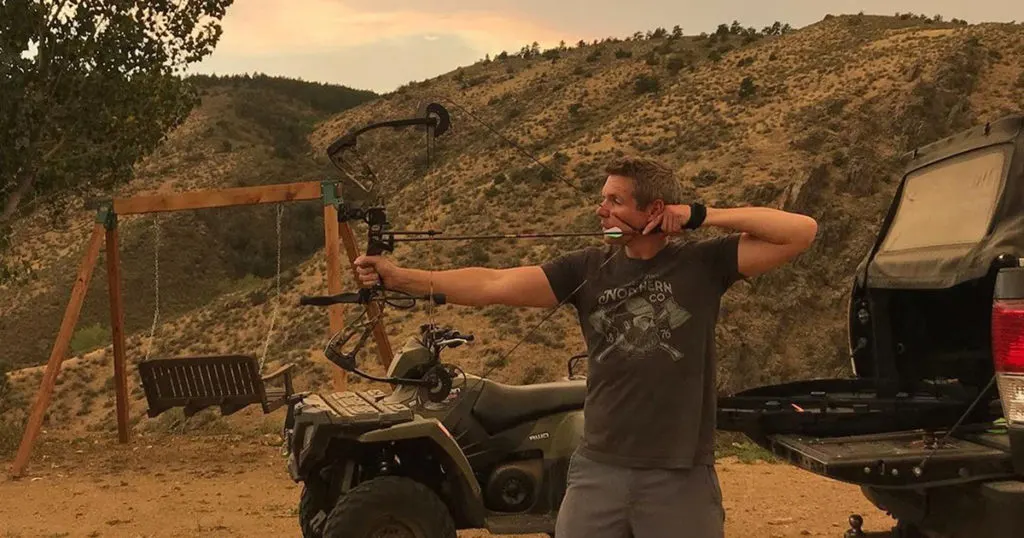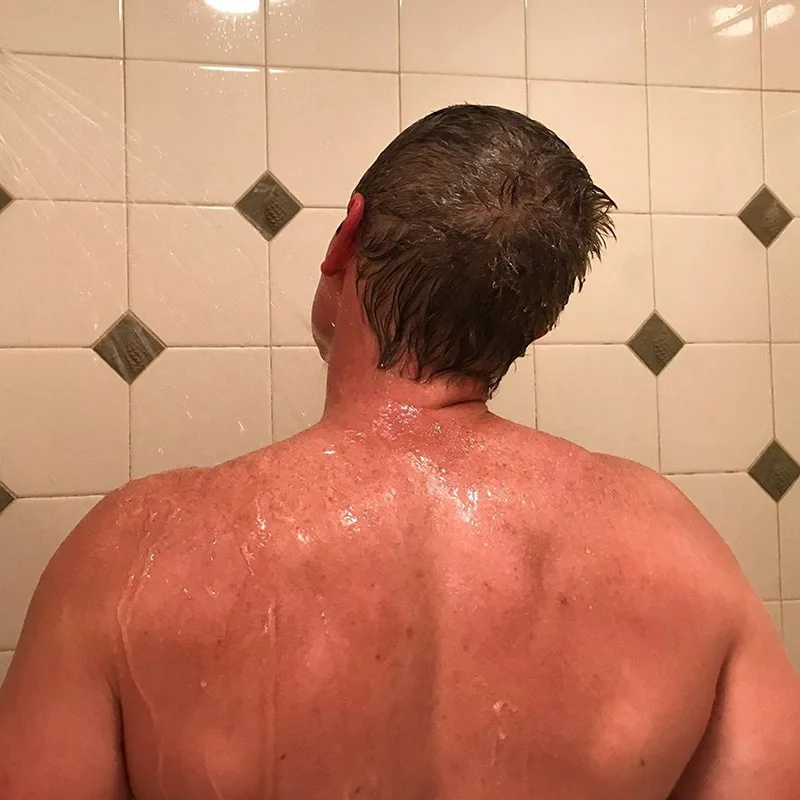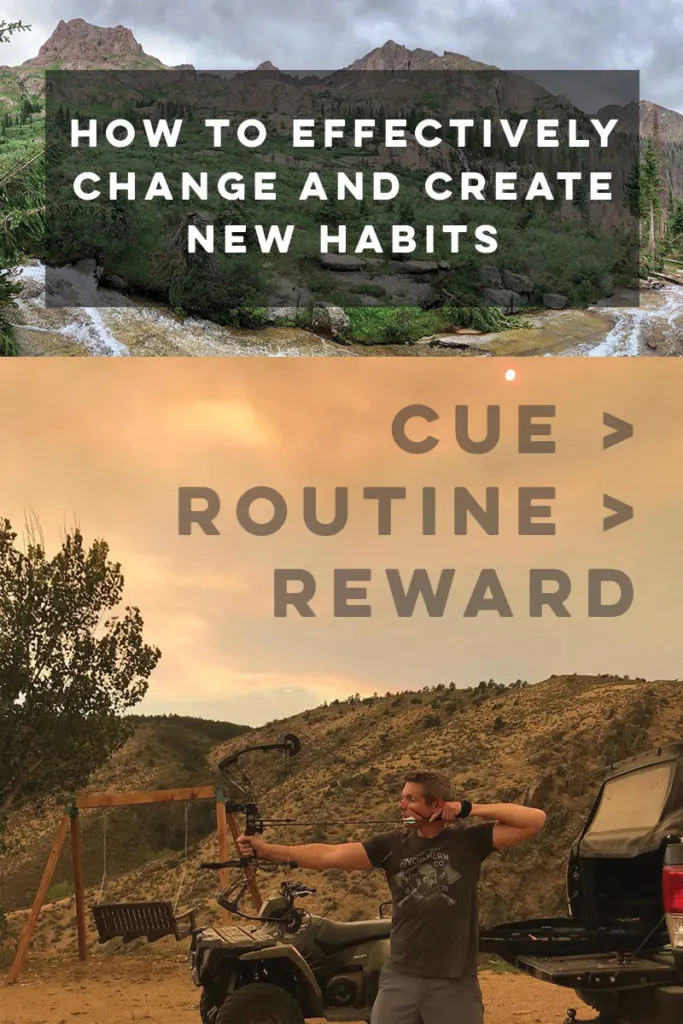I’ve been involved with advertising efforts professionally for years, the biggest trick to being successful is understanding your customer’s behavior. Large scale businesses have this dialed in and whether you like it or not… it’s a big part of why you buy what you buy. Successful businesses know how to create “a need” and use that perceived need to keep you coming back for more.
It’s time for you to start advertising successfully to your subconscious (alter your routine).
Let’s learn about how you can create habits or break bad habits in order to achieve your diet goals.
Creating a Habit
What does creating a habit entail and how do we do it?
In a book written by Charles Duhigg (The Power of Habit), he writes that habits work in 3 step loops. This process includes:
Cue > Routine > Reward
Let’s break down each of these to help us get a handle on how we can create or change a habit.
Habit Loop: Cue
I love archery. It’s primal, instinctual, and effective. Over the years technology has produced equipment that’s more powerful and technical than previous generations. One advancement is the compound bow and the wrist strap trigger release. Similar to using a rifle, the archer can use a trigger, allowing for better stability and accuracy. To release the arrow and hit the target the archer must squeeze the trigger.

The first element in creating a lasting habit is to develop a cue (also known as a trigger).
What are some examples of cues?
- Waking up
- Deciding to go to bed
- Leaving the house
These are all cues that each of us has likely done in the last 24 hours. Think to yourself about when you woke up this morning. Generally speaking, you do the exact same things each and every morning. This is different for everyone but it could include, saying a prayer, stretching, going potty, brushing your teeth, taking a shower, or a whole long list of anything else. But if you were to gauge this over time, you probably do the exact same thing each and every morning with very little variation. Your cue was getting up.
What’s the next step in the habit loop?
Habit Loop: Routine
As you can see above, your routine is the act of what you automatically engage in.
Let’s look at another example of what a routine looks like. We’ll use the morning example again. Over the last several years, I typically don’t eat until later in the day. Intermittent fasting is about 12-18 hours, you can drink, just no calories. My routine altered (I quit eating breakfast), not eating until later in the day became habitual.
How did I get used to this and make it a habit? The Reward. That’s the next step in the habit loop.
Habit Loop: Reward
In order to successfully create a habit, you need to implement a reward right after the routine is completed. Going back to creating a habit of intermittent fasting each day, I had a reward, something I looked forward to. In this example, the reward was a sweet, zero calorie drink. I knew it was coming, it’s delicious, and it satisfied all cravings and hunger.
Understanding the cue, routine, and reward will help in providing options when it comes to altering or creating new habits.
How do you alter bad habits?
First: Identify the behavior
In the example above I started fasting (I identified the behavior I wanted to change) – I wanted to not eat breakfast, I wanted to not eat food for a little longer in the morning than I had previously been doing.
Second: Create or change the reward.
If you’re trying to alter a bad habit, you need to figure out what the reward (payoff) was that made you keep that habit. In this example, the reward was breakfast. I changed the reward to a zero calorie drink I enjoyed and was able to alter my habit.
How do you create new habits?
The same process is true when creating a new habit. You need to figure what behavior you want to change or create and then identify the reward. Alter the behavior and create a new reward.
Using the Habit Loop to Alter Diet
For the sake of this post, let’s say you’re trying to quit eating too many carbs. You might want to stop feeling tired mid day, you want to quit eating so much (stop feeling hungry), stop feeling bloated, attempt to improve sleep, and a whole long list of more health related stuff.
Let’s determine your current CUE > ROUTINE > REWARD
Current Diet Cues
- Entering the Kitchen
- First Break at Work
- Getting Home After Work
Current Diet Routines
- Look in the fridge or pantry
- Check the break room, desk, or kitchen
- Look in the fridge or pantry
Current Diet Rewards
- High carb treats
- What you’re used to eating (carbs)
- The same stuff you’ve been eating for years
In order to improve your eating habits, you need to alter the routine and reward.
In this particular example, you may not need to change the routine. However, let’s change the routine in the first example:
Improved Diet Habit Loop
Enter the kitchen (cue stays the same) > Prepare a zero calorie electrolyte beverage (routine is altered) > Enjoy a cold, delicious drink (new reward)
Let’s keep the routine the same in the second example:
First break at work (cue stays the same) > keeping the routine the same (checking your desk) – you prepare a new snack > That new snack is your reward – make it something you love, something that’s void of carbs. This requires planning AND requires you to find a reward that’s actually a reward (replacing carbs).
Dang… this makes it sound easy, right?
Creating a NEW Eating Habit
Identify the CUE, change the routine and/or the reward. It’s really that simple (now: you just need your action/effort).
Pick a new reward that makes you happy. In time, your newly selected reward becomes the norm – each time you hit the cue, you’ve created or maintained a new routine and an obvious and exciting reward.
We created cardnl to help fill the void and create the right rewards for those living the ketogenic lifestyle, trying to manage glucose, and those attempting to manage or reverse diabetes.
You can shop your new rewards here.
Cold Showers Habit
A habit I recently created (about 2 years ago now) – I only take cold showers. See what I’ve learned here. I actually don’t think I’ll ever go back to hot/warm showers… maybe.

In this example, the Cue was obvious (I take a shower), the routine I had to change was the temp of the shower (oh boy, it’s hard sometimes), the reward was mental and physical – I love how I feel AFTER the shower. I also (even if it’s placebo) love what the cold shower is doing for me physically and mentally. I know my reward and it keeps me coming back for more. Read more.
Do you have an example of a reward / routine you’ve changed? Let me know in the comments. 🙂

